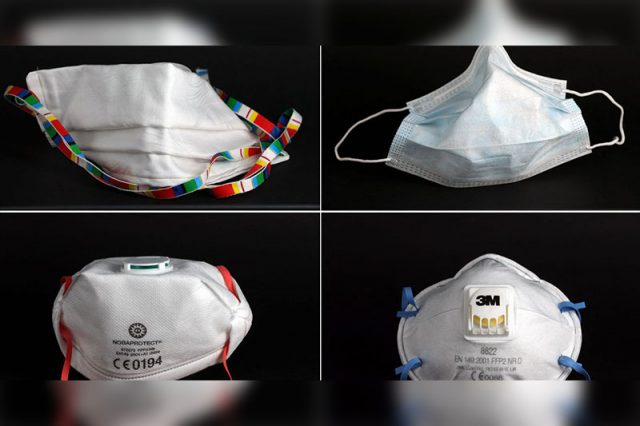Explainer: N95? KF94? Which mask is best at protecting against COVID-19?

SPONSORED ARTICLES
The U.S. Centers for Disease Control and Prevention (CDC) has said Americans should wear the most protective mask they can, but stopped short of recommending an N95 or similar face covering.
Here are some facts to consider when choosing a mask:
What are N95 masks?
These masks and their international counterparts known as KN95s and KF94s are often made of multiple layers of polypropylene, a synthetic fiber. They are designed to achieve a very snug facial fit, with straps that go around the back of the head and edges that form a tight seal around the nose and mouth.
N95 respirators worn correctly are designed to filter out at least 95% of particulate matter in the air, preventing anything larger than .3 microns from passing through.
KN95s and KF94s are certified in China and South Korea, respectively, and offer similar protection to N95 masks. KF stands for “Korean filter” and indicates 94% filtration.
“The best masks are some version of N95,” said Eric Toner, senior scientist of environmental health and engineering at Bloomberg School of Public Health, Johns Hopkins University. “N95s, KN95s and KF94s are functionally equivalent.”
Masks with an exhaust valve do not prevent the spread of the virus to other people.
What about face masks?
The CDC lists manufacturers of authorized N95 masks on its agency website. Masks should have a printed logo of the National Institute for Occupational Safety and Health (NIOSH) and an approval number.
The CDC has warned that about 60% of KN95 respirators it tested in 2020 and 2021 are below standards.
Whe change my mask now?
With the Omicron variant driving COVID-19 cases so high, experts said a better mask will help protect against transmission.
The CDC said a NIOSH-approved N95 provides the most protection. Well-fitting surgical masks and KN95 masks offer the next best protection, followed by cloth masks with multiple layers. Loosely woven cloth masks are the least effective but can provide an additional layer of protection when worn over a surgical mask.
Some cloth masks have built-in pockets for a filter that blocks small particles, but these are not as effective and data on their use is limited.
Are they reusable?
The CDC said masks are meant for single-use but can be used more than once when there is a shortage. The agency says N95s should not be used more than 5 times.
Dr. Gregory Poland, infectious disease expert at the Mayo Clinic, said when a mask becomes wet from exhalation or sweat, its efficacy decreases and advised rotating masks by day.
When to wear an N95?
The CDC recommends people consider wearing an N95 when caring for someone with COVID-19, if at risk for serious illness or in a high risk job, when riding on public transportation for an extended time, in crowded indoors spaces or outdoors if not up to date on vaccinations.
Is double masking better?
The CDC recommends that a surgical mask under a cloth mask can offer increased protection if using an N95 is not possible.
“The best possible protection is being vaccinated and boosted, wearing an N95 or KN95. If that’s not possible, double the surgical mask,” Poland said.
“If that’s not possible, a surgical or cloth mask with a face shield. If that’s not possible, then as many layers of a cloth mask as you can wear,” Poland continued, adding, “If that’s not possible, then you’re just playing Russian roulette.” —Reporting by Manojna Maddipatla and Leroy Leo in Bengaluru; editing by Caroline Humer and Nancy Lapid
RELATED: Are two cloth masks better than one for preventing the spread of COVID-19?
Explainer: N95? KF94? Which mask is best at protecting against COVID-19?
Source: Political Elections PH
Walang komento